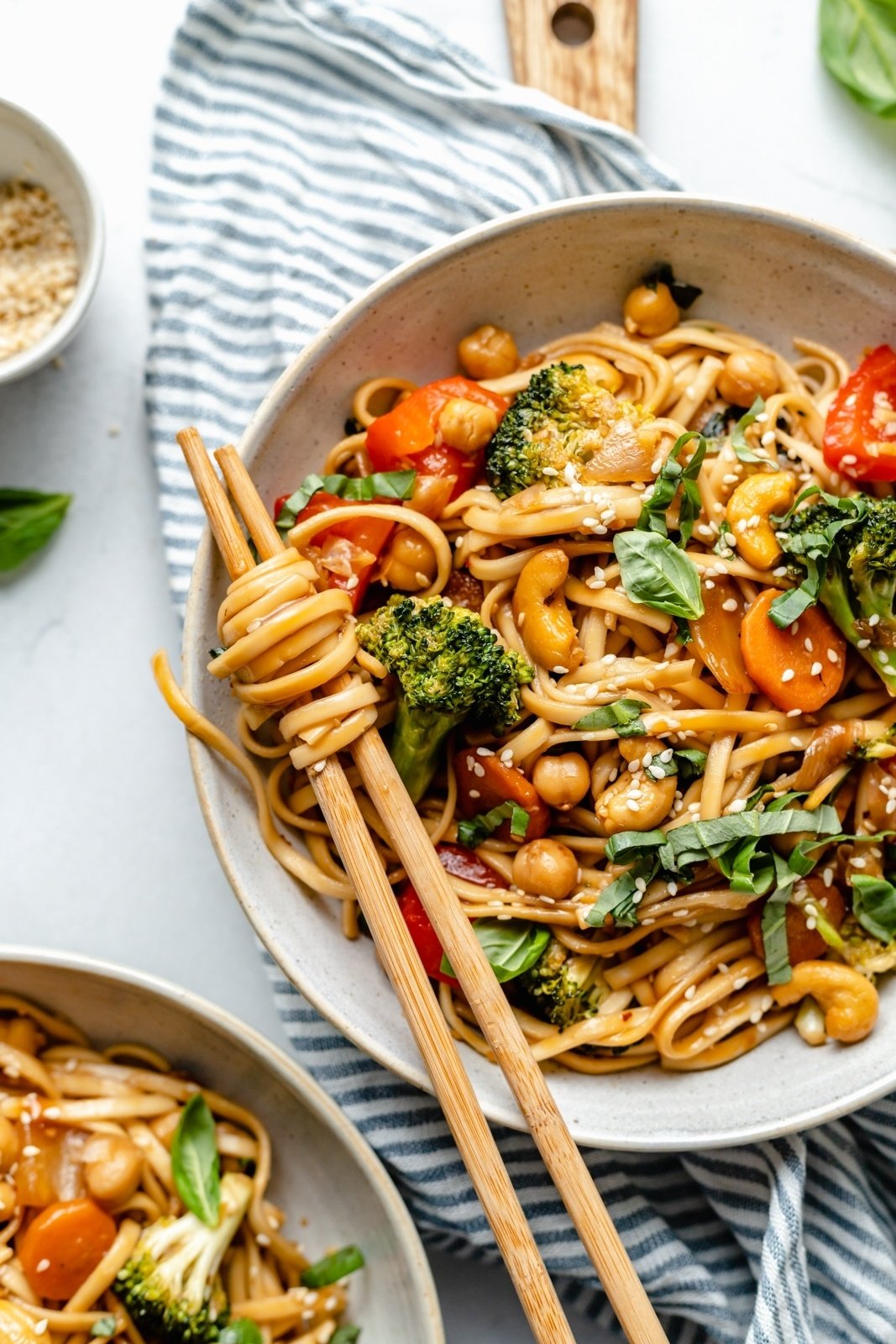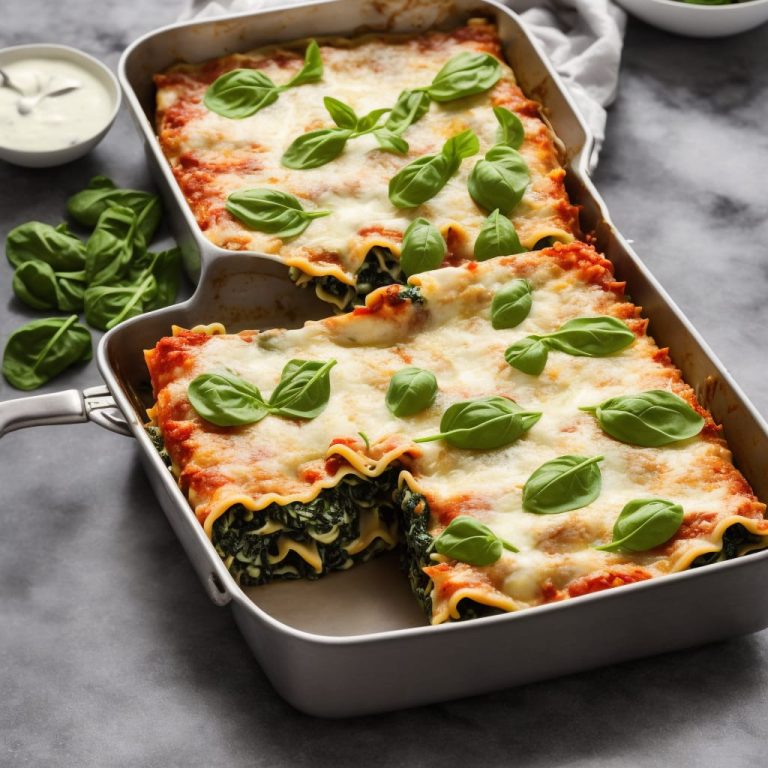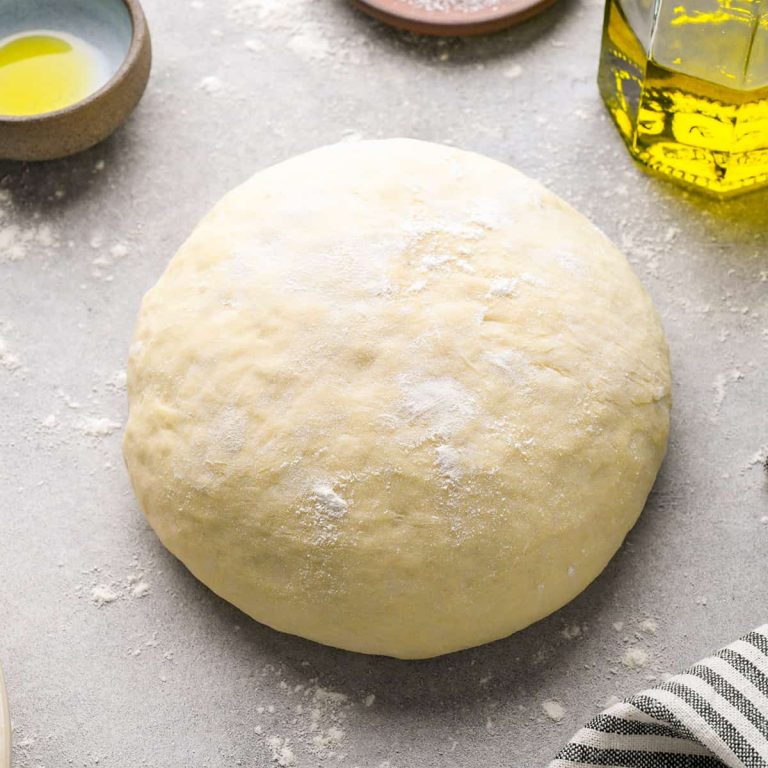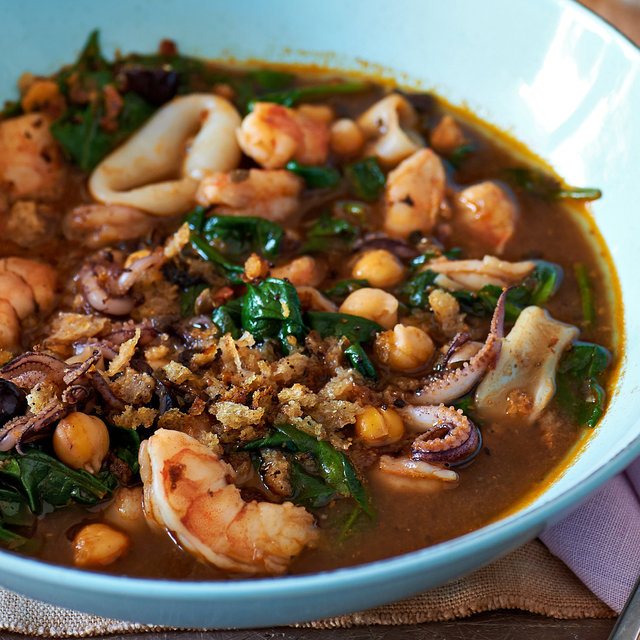Chinese Fried Noodles: Recipes, Variations, and Health Tips
Chinese fried noodles, with roots dating back to the Han Dynasty (206 BC – 220 AD), originated as a method to preserve food. Wheat noodles were stir-fried, making them last longer than boiled noodles. By the Tang Dynasty (618-907 AD), these fried noodles had become a common household dish enjoyed throughout China.
Regional Variations
Different regions in China have developed unique versions of fried noodles, each with distinct ingredients and preparation methods:
- Cantonese Chow Mein: Known for its crispy texture, Cantonese chow mein uses thin egg noodles fried until golden. Toppings often include seafood, chicken, and vegetables.
- Shanghai Fried Noodles: These feature thick, chewy noodles stir-fried with soy sauce, pork, and greens. The sauce gives the dish a rich, savory flavor.
- Sichuan Stir-Fried Noodles: Including Sichuan peppercorns and hot chili paste, these noodles are famous for their spicy and numbing sensation. Ingredients often consist of minced pork, garlic, and green onions.
- Shandong Fried Noodles: Less common but equally delicious, Shandong-style incorporates thick noodles fried with seafood, especially shrimp or squid, and a variety of vegetables.
- Hunan Variation: Known for its balance of hot and sour flavors, Hunan fried noodles use a mix of chili peppers, vinegar, and soy sauce, with a preference for beef and lamb over pork.
Each variation showcases the diversity of Chinese cuisine and emphasizes local preferences and available ingredients.
Key Ingredients in Chinese Fried Noodles
Noodles: Types and Textures
Your choice of noodles plays a crucial role in the dish. Egg noodles, wheat noodles, and rice noodles are common options in Chinese fried noodles. Egg noodles, often used in Cantonese Chow Mein, provide a rich flavor and a firm texture. Wheat noodles, used in dishes like Shanghai Fried Noodles, absorb sauces well and have a chewy consistency. Rice noodles, prevalent in some regional recipes, offer a gluten-free alternative with a softer texture. Making the right selection impacts both taste and texture, reflecting the regional variety within Chinese cuisine.
Essential Seasonings and Sauces
Seasonings and sauces define the bold flavors of Chinese fried noodles. Soy sauce adds saltiness and depth, with light soy sauce used for flavor and dark soy sauce for color. Oyster sauce contributes a savory umami taste, enhancing the dish’s richness. Garlic and ginger are quintessential aromatics, providing a fragrant base. Hoisin sauce, sweet and slightly tangy, rounds out the flavor profile. Additionally, sesame oil imparts a nutty aroma, while chili paste or Sichuan peppercorns deliver the characteristic heat in spicier versions. Combining these seasonings and sauces creates the distinct tastes characteristic of Chinese fried noodles.
Popular Recipes for Chinese Fried Noodles
Traditional Chow Mein
Traditional Chow Mein stands out for its crispy texture and vegetable-rich ingredients. You prepare Chow Mein using either egg noodles or wheat noodles. Stir-fry the noodles until they are golden and slightly crispy. Add vegetables like bell peppers, cabbage, and carrots for a vibrant mix. Incorporate a protein, such as chicken, beef, or tofu, to add substance. Season the dish with soy sauce, oyster sauce, and a touch of sesame oil, enhancing the savory profile. For an extra layer of flavor, you can also add garlic and ginger. The final touch is a garnish with green onions or bean sprouts, which adds a fresh element to the dish.
Unique Stir-Fried Noodle Dishes
Unique stir-fried noodle dishes offer diverse flavors and regional touches. In Shanghai Fried Noodles, you use thick wheat noodles paired with a rich soy sauce base. These noodles absorb the sauce well, creating a deeply savory taste. Add bok choy, shiitake mushrooms, and thin slices of pork to complete the dish.
Sichuan Stir-Fried Noodles, known for their spicy kick, use thin wheat noodles. These noodles blend seamlessly with a fiery mix of chili paste and Sichuan peppercorns. Customize the heat level by adjusting the amount of chili paste. Include peanuts or cashews for a crunchy texture, and toss in vegetables like celery and bell peppers for freshness.
Another variant is the Taiwan Style Stir-Fried Rice Noodles, which caters to those seeking a gluten-free option. Use rice noodles, which have a chewy texture, and incorporate ingredients like shrimp, fried tofu, and shredded carrots. A mixture of soy sauce and fish sauce creates a unique, umami-rich flavor profile, giving you a variety of delicious options when exploring Chinese fried noodles.
Cooking Tips for Perfect Fried Noodles
Preparing the Ingredients
Start with fresh noodles for the best texture. If using dry noodles, cook them following package instructions, then drain and rinse under cold water to stop cooking. Use a mix of julienned vegetables like carrots, bell peppers, and cabbage for color and flavor. Thinly slice proteins like chicken, beef, or shrimp for even cooking. Marinade proteins briefly in soy sauce to enhance flavor. Use garlic, ginger, and scallions for aromatic depth.
Techniques for Stir-Frying
Heat your wok or large skillet to high. Once hot, add oil with a high smoke point like peanut or vegetable oil. Stir-fry garlic and ginger first to release their aromas. Add proteins, cooking until almost done. Remove proteins, then stir-fry vegetables until tender-crisp. Return proteins to the wok, then add noodles. Pour in your sauce mix of soy sauce, oyster sauce, and a splash of sesame oil. Toss everything together, ensuring the noodles are evenly coated and heated through. Serve hot for the best taste and texture.
Health Considerations and Nutritional Value
Calorie Content and Nutritional Breakdown
Chinese fried noodles pack a variety of nutrients but can be calorie-dense due to oil and sauce usage. One serving typically contains around 200-300 calories, depending on ingredients and portion size. Essential nutrients include carbohydrates from noodles, proteins from meats and tofu, and vitamins from vegetables. Common vitamins found include Vitamin A, Vitamin C, and B vitamins. Sodium levels can be high due to soy sauce, often ranging from 500-1000 mg per serving, so you need to be mindful of your intake.
Tips for Healthier Versions
You can create healthier versions of Chinese fried noodles by altering ingredient choices and cooking methods. Use whole grain noodles or zoodles (zucchini noodles) to increase dietary fiber and reduce calories. Incorporate a variety of colorful, julienned vegetables like bell peppers, carrots, and spinach to boost vitamin and mineral content. Choose lean proteins such as chicken breast, shrimp, or tofu to cut down on saturated fats. Opt for low-sodium soy sauce and use minimal amounts of oil with a high smoke point, such as avocado or grapeseed oil, to reduce overall sodium and unhealthy fats.
Conclusion
Chinese fried noodles offer a delicious journey through centuries of culinary tradition and regional diversity. By experimenting with various ingredients and techniques, you can create a dish that’s both flavorful and nutritious. Whether you prefer the classic taste of Cantonese Chow Mein or the spicy kick of Sichuan Stir-Fried Noodles, there’s a version for every palate. Remember to consider health tips like using whole grain noodles and low-sodium soy sauce to make your meal healthier. Enjoy the rich flavors and textures that Chinese fried noodles bring to your table.






